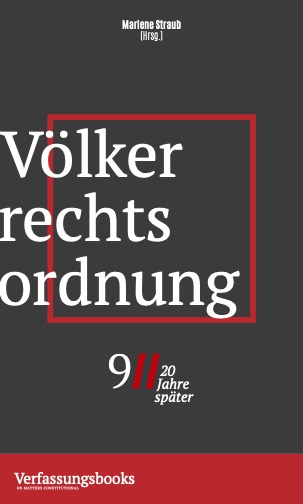COVID-19 in Estonia: A Year in Review
The first coronavirus infection in Estonia was diagnosed on 27 February 2020. Immediately, some steps were taken by the Government to deal with the rapidly evolving and changing situation, including placing some restrictions on freedom of movement especially on people in quarantine. To further tackle the emerging crisis the Government established a state of emergency on Estonian territory. This was done by Order No. 76 of 12 March 2020. The numbers of infected in spring 2020 were low in comparison with the numbers of infected during the second wave in autumn-winter 2020. On the day when the emergency situation was declared there were only 27 COVID-19 positive people.
Continue reading >>How to Self-Castrate
Donald Trump’s defeat at the US presidential election has wrong-footed some of his staunchest loyalists in Central and Eastern Europe. In Estonia, the former master pupil in the CEE ‘class of democracy’, the Trumpist part of the government has suffered a kind of public nervous breakdown with a set of unrestrained remarks aired on a radio talk show on 8 November about the allegedly ‘rigged elections’ in the US and the ‘corrupt character’ of the US President-Elect Joe Biden. This crassly undiplomatic spell of verbal incontinence by the prominent representatives of the Conservative People’s Party of Estonia (EKRE), including two members of the government, culminated in the resignation of the Minister of the Interior Mart Helme.
Continue reading >>State of Emergency in Estonia
Due to the COVID-19 epidemic the Estonian Government (Vabariigi Valitsus), without consulting the parliament (Riigikogu), declared by Order Nr. 76 on 12 March 2020 a state of emergency (eriolukord), defining the epidemic as an “emergency situation”. This is the first time in our modern history where a state of emergency has been declared. The Ministry of Foreign Affairs subsequently informed the Council of Europe of the Estonian derogation under Article 15 of the European Convention of Human Rights.
Continue reading >>



